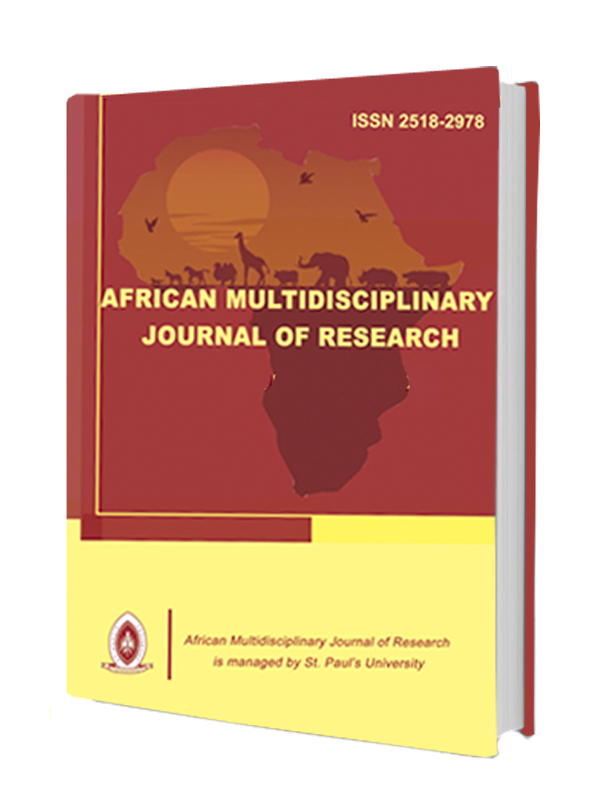Appropriating New Digital Technology In Community Radio Broadcasting In Kenya: A Case Study of Realist FM
##plugins.themes.academic_pro.article.main##
Abstract
New digital technologies have provided communities with new opportunities to share news and information concerning their local communities. As with traditional media, community media have needed to adapt to these new technologies that include the internet, social media, mobile technology, and streaming services among others. This has altered the kind of engagement that exists between citizens and community media as they seek to provide a platform to promote local voices that include diverse and marginalized groups in the society. This study focuses on community radio in Kenya with particular reference to the changing nature of community access and participation due to the integration of new digital technologies in community radio broadcasting. The study objectives were: To establish how digital technologies are incorporated into journalistic routines within community radio stations and to determine the role that digital technologies play in community radio stations in creating possibilities for greater community access and participation in their programming. This study is anchored upon the Domestication Theory which provides a framework for understanding the way in which information and communication technologies affect people’s lives. This is a qualitative study and data was gathered from a rural community radio station, Realist FM located in Limuru Sub-County, Kiambu County. Interview guides were used for data collection and the data analysis focused on the themes that emerged from the data. This study demonstrates how technology is adopted and shaped in use as explained in the Domestication Theory. The study findings have also helped to explain how digital technologies are actually used in the context of a community radio station and to show how these stations are using various digital platforms in their broadcasting. This has brought about a disruption in the way in which community radio stations carry out their activities and broadcast their programmes. The study therefore concludes that in spite of the challenges that the digital divide portends, community radio stations are adopting digital technologies to enhance their activities and to provide greater opportunities for access and participation to their audiences.
Keywords: Digital Technology, Community Radio, Community Access, Community Participation
Keywords: Digital Technology, Community Radio, Community Access, Community Participation
##plugins.themes.academic_pro.article.details##
How to Cite
Susan, M. (2022). Appropriating New Digital Technology In Community Radio Broadcasting In Kenya: A Case Study of Realist FM. African Multidisciplinary Journal of Research, 6(1). Retrieved from http://journals1.spu.ac.ke/index.php/amjr/article/view/91

